At first glance, parametric design in architecture may appear like an exercise in pure visual bravado. The gravity-defying fluidity of Zaha Hadid’s Heydar Aliyev Centre or the sculptural chaos of Frank Gehry’s Guggenheim Museum in Bilbao suggest a discipline more concerned with spectacle than structure. But behind these expressive forms lies a methodical, data-driven process, rooted in logic, algorithms, and computation.
Parametric design is, in essence, about defining relationships between variables and allowing those relationships to drive the development of form. The execution typically involves complex workflows, scripting in environments like Grasshopper for Rhino or Dynamo for Revit, embedding conditional logic, and managing multiple interdependencies that can reshape a project in real time. It is a discipline that merges intuition with computation, aesthetics with analytics.
What was once relegated to the experimental fringes of academia and avant-garde studios has become a cornerstone of contemporary practice. Parametric design today isn’t just a method or a tool It is a mindset that is increasingly relevant in the face of environmental imperatives, urban complexity and the evolving role of artificial intelligence.

What Makes Parametric Design Essential in Today’s Architecture?
Architecture in the 21st century is tasked with solving problems far more complex than those addressed by the formalism of previous eras. Buildings must adapt to their surroundings, perform under environmental stress, accommodate dynamic user behavior and minimize their ecological footprint. Parametric design offers a potent framework to address these demands by enabling responsiveness at every stage of design.
Consider Foster + Partners’ London City Hall, whose tilted, bulbous form is not an arbitrary aesthetic choice but a response to solar orientation, spatial efficiency, and energy optimization. Each angle and curve serves a functional purpose, determined through parametric simulations. The result is a structure that is iconic in appearance but also deeply attuned to its context.
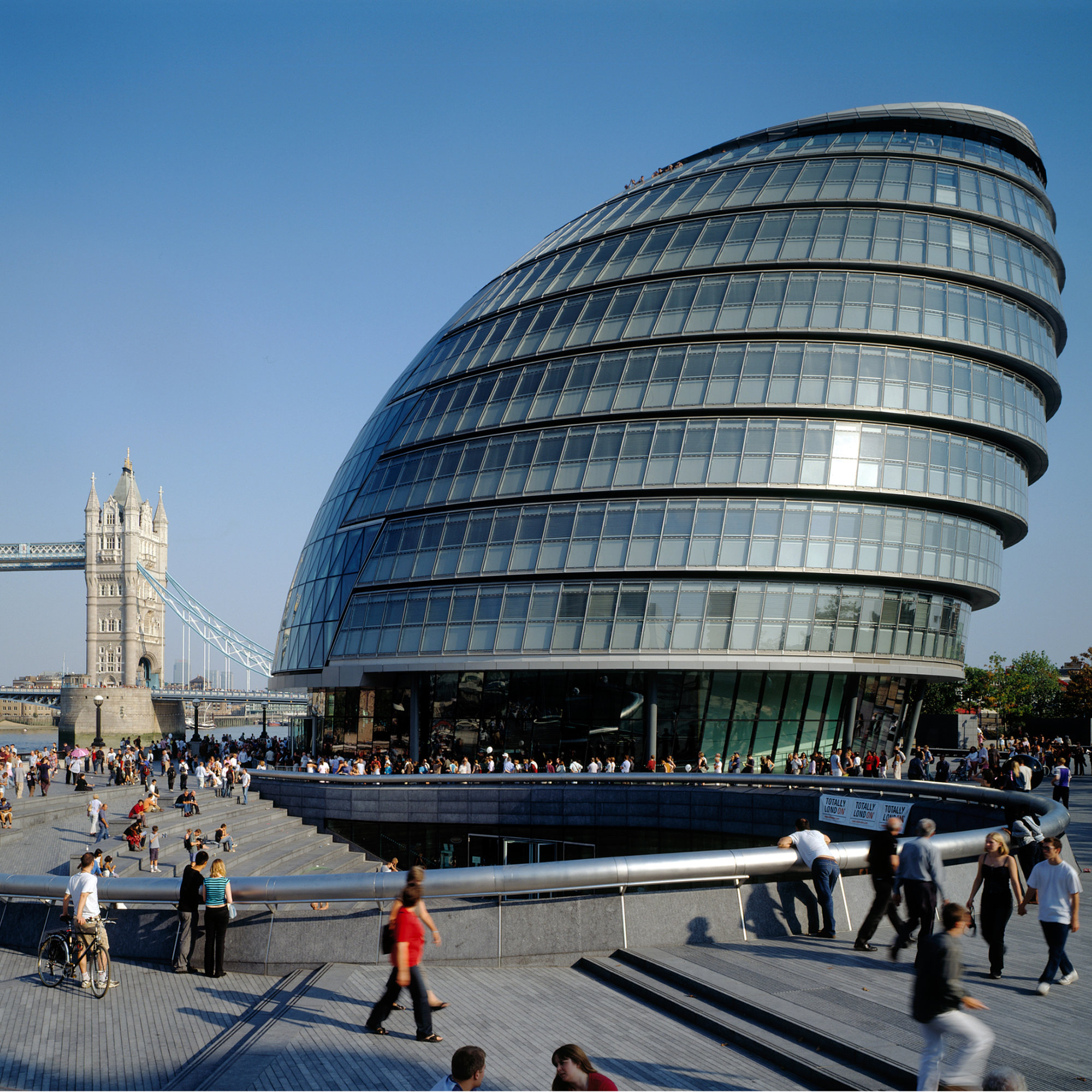
This is where parametricism, a term coined by Patrik Schumacher, becomes more than a stylistic label. It represents a paradigm shift, an architectural response to the post-digital era prioritizing adaptability and the dynamic interplay between human and environmental factors. As climate change, resource depletion, and rapid urbanization accelerate, the ability to model and optimize building behavior using parameter-based logic becomes indispensable.
What’s the Difference Between Parametric and Generative Design?
While the terms are often used interchangeably, it’s crucial to differentiate parametric design from generative design. Both rely on computational processes, but their intent and mechanisms diverge.
Parametric design is about defining parameters (such as material limits, spatial needs, or climatic data) and modifying those parameters to drive changes in the design. The architect maintains control, iterating and refining within a predefined system.
Generative design, by contrast, is outcome-oriented. It uses AI and evolutionary algorithms to explore a wide array of design possibilities based on performance criteria. The system generates numerous iterations, simulates their performance, and presents optimized outcomes, sometimes with minimal human intervention. The architect’s role becomes one of evaluation and selection rather than manual creation.
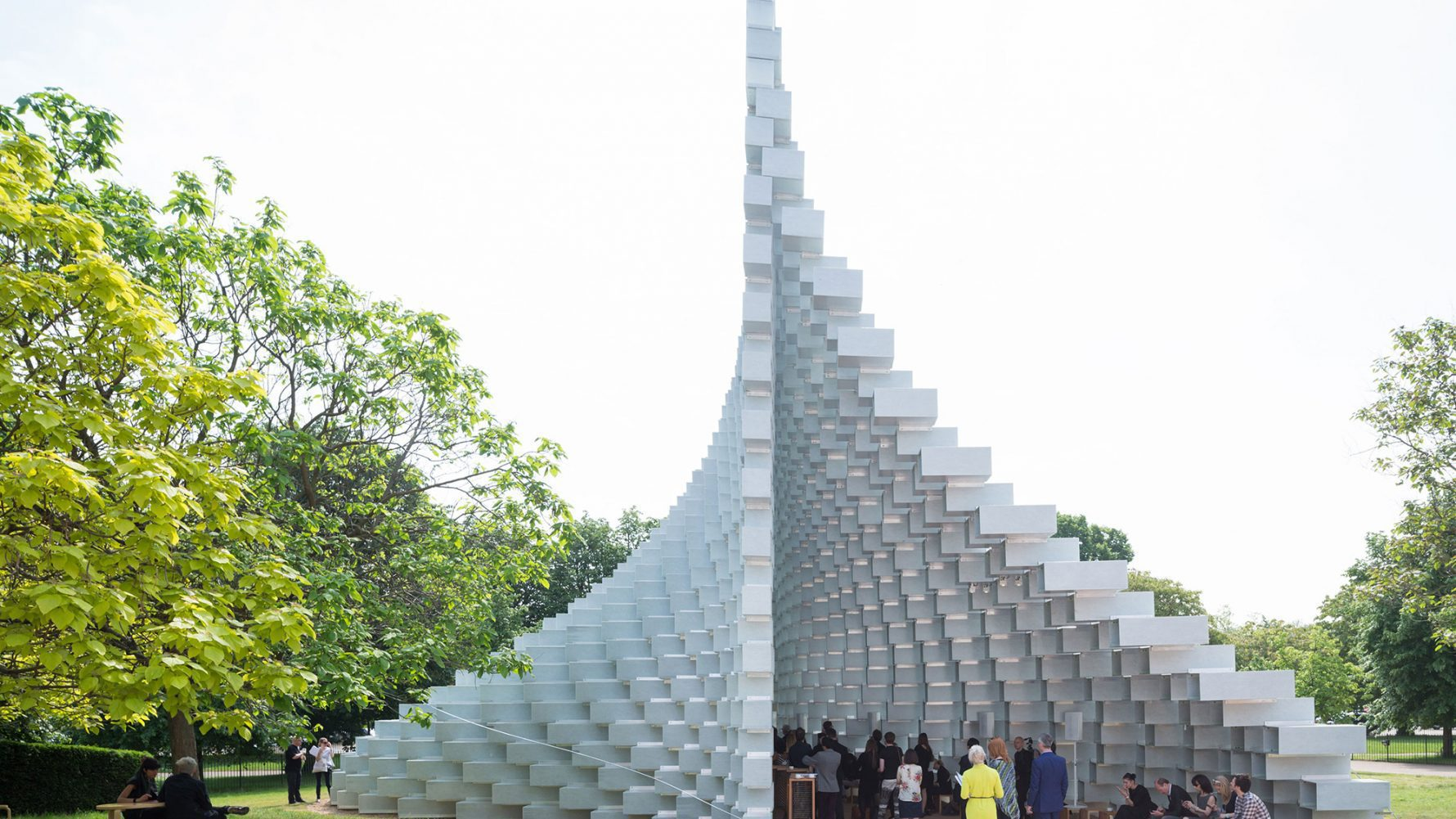
A good example of this can be found in platforms like Autodesk Fusion 360, where designers input objectives such as load-bearing capacity or material efficiency, and the software generates dozens, even hundreds, of viable solutions. The power of this approach lies in its ability to discover unexpected solutions, often unbound by human biases. In architectural workflows, the two approaches can work in tandem. Parametric models define the design logic, while generative tools optimize it. This convergence is especially evident in high-performance buildings, where energy use, structural loads, and spatial qualities must be harmonized across scales.
How Is AI Transforming Parametric Design in Architecture?
Before AI entered the picture, parametric tools still required considerable human input. Designers would write scripts, adjust variables, and manually test configurations. Today, AI streamlines this process by analyzing vast datasets, identifying patterns, and proposing solutions in real time. This has significantly shortened design cycles and expanded the designer’s creative bandwidth. Machine learning can now predict material behavior, simulate user flows, and evaluate daylight performance across countless variations. Instead of generating one solution and refining it, architects can explore entire families of design outcomes simultaneously.
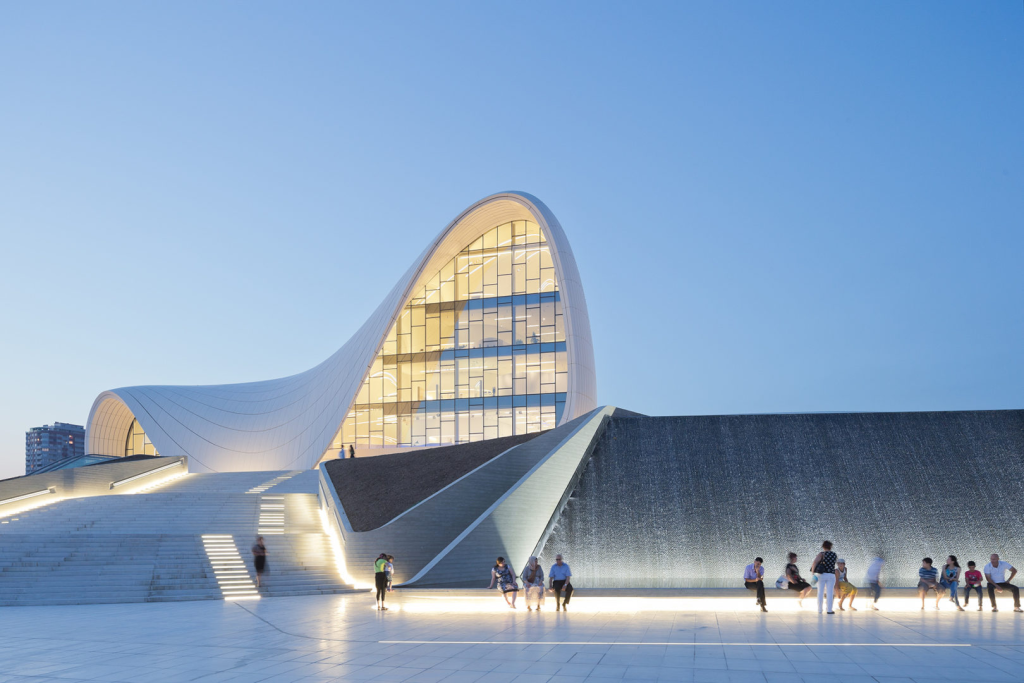
Incorporating AI into parametric design doesn’t just mean more efficient workflows; it means smarter, more responsive buildings. Structures can now adapt not only to physical parameters but also to behavioral data: how occupants move through space, how energy is consumed during different times of day, or how public areas are used seasonally.
This synergy between parametric logic and AI is at the heart of many architectural courses that teach next-generation tools like Grasshopper, Maya, and Python-based scripting. For instance, Parametric Synergy: Maya & Grasshopper for Sustainable Design, featured on PAACADEMY, explores how these tools can be used to develop environmentally responsive forms, optimize material use, and integrate sensor data, all within a parametric framework.
What software is most used for parametric design?
Parametric design in architecture relies heavily on specialized software that enables the creation of adaptable, logic-driven models. These tools allow architects to define relationships between elements, automate changes, and run simulations that guide design decisions based on performance, context, and user behavior.
These tools are not used in isolation. Many advanced architectural practices employ hybrid workflows, moving models between software platforms to leverage the unique strengths of each.
- Grasshopper for Rhino: Arguably the most widely used tool in parametric design, Grasshopper is a visual programming language that works within the Rhino 3D modeling environment. It allows designers to construct algorithms that drive geometry and test multiple iterations quickly. Its rich ecosystem of plugins, such as Ladybug for environmental analysis and Karamba for structural simulations, makes it indispensable for architects and researchers alike.
- Dynamo for Revit: Developed by Autodesk, Dynamo is a node-based programming tool integrated with Revit. It is particularly popular in BIM-centric workflows where parametric logic needs to directly influence building documentation. It’s frequently used in large-scale projects to automate repetitive tasks, optimize space planning, and embed performance criteria into architectural components.
- Autodesk Fusion 360: Primarily used in industrial and product design, Fusion 360 is gaining traction in architectural workflows for its powerful generative design engine. Designers input constraints and performance criteria, and the software explores a wide range of possible solutions, making it ideal for components like joints, brackets or modular housing elements.
- Houdini: Known for its procedural modeling capabilities, SideFX Houdini is becoming increasingly popular among architects who work on experimental or large-scale urban simulations. Its strength lies in handling complex systems, from particle flows to material behaviors, with precision and scalability.
- Maya with Python or MEL scripting: Autodesk Maya, traditionally used in animation and VFX, offers powerful parametric control when combined with scripting. It is especially favored in academic and experimental circles for morphogenetic explorations, spatial animations, and form-finding studies.
- Cinema 4D: Cinema 4D by Maxon is another versatile tool used for parametric and procedural design, particularly in concept visualization and architectural animations. Its MoGraph module allows designers to generate and control complex patterns, structures, and behaviors in a visually intuitive way. With support for Python scripting and integration with tools like Xpresso (a node-based expression editor), Cinema 4D is increasingly being used in workflows that demand both parametric logic and high-quality rendering.
- Blender with Sverchok: As an open-source alternative, Blender combined with the Sverchok add-on offers a node-based system for parametric design. It’s a flexible option for those who want to explore parametric workflows without commercial licenses, and its active community continuously expands its capabilities.
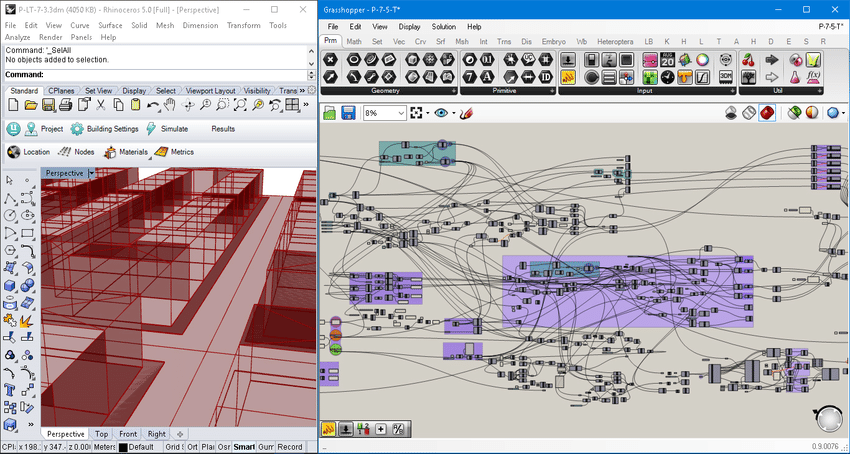
Who Are the Leading Architects Behind Parametric Architecture?
The parametric movement has been shaped by a cadre of pioneering architects whose work continues to inspire and provoke. Zaha Hadid revolutionized architectural form with designs that flowed like topography. The Heydar Aliyev Centre in Baku, with its seamless transitions between wall, roof, and ground, is a quintessential example of parametric thinking where structure, form, and spatial experience are unified through computational control.
Patrik Schumacher, her long-time collaborator, is both a theorist and practitioner of parametricism. He argues that this methodology is a framework capable of addressing the spatial complexity of contemporary urbanism.
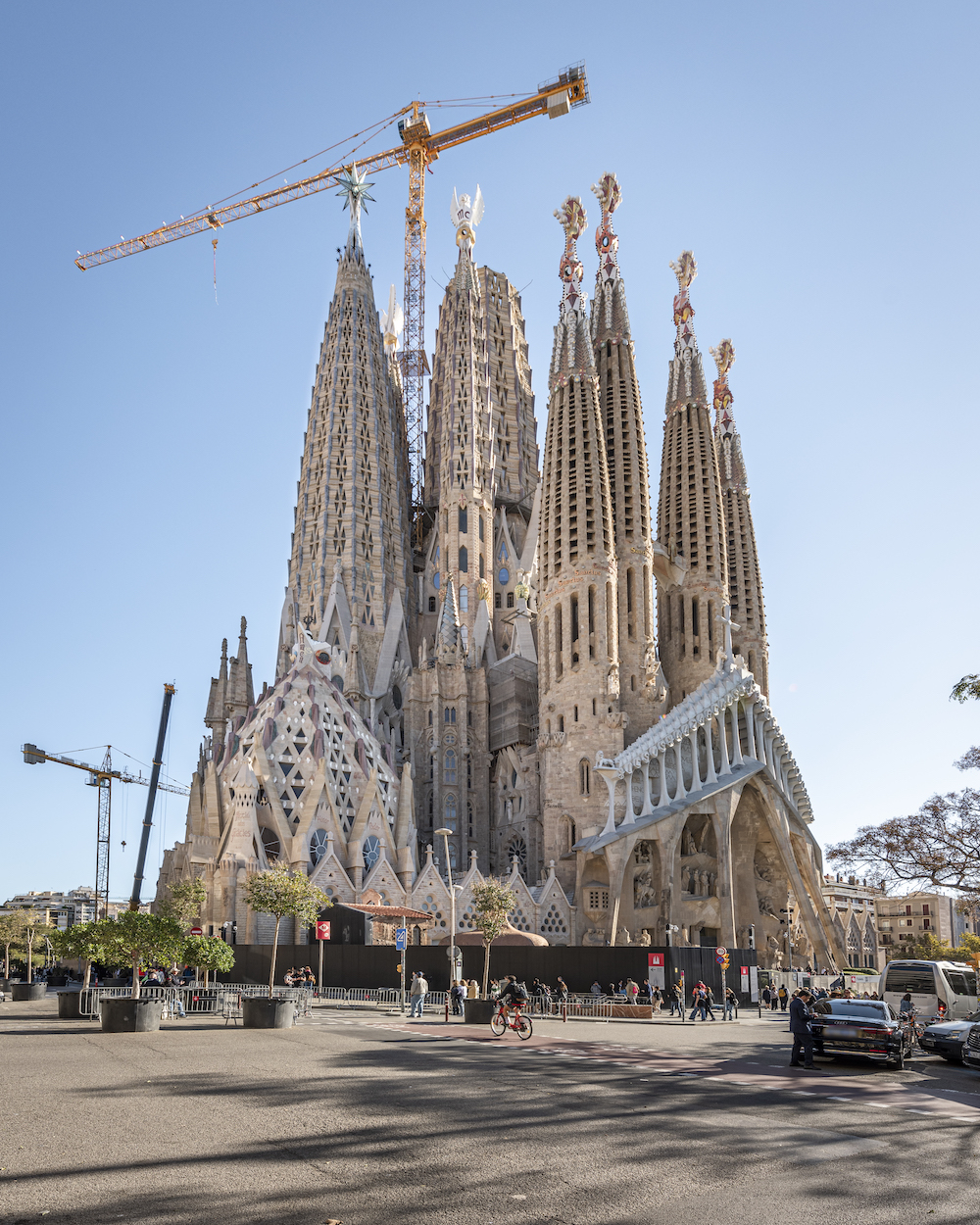
Frank Gehry, although not traditionally aligned with parametricists, utilized digital modeling software (CATIA) to realize buildings like the Guggenheim Bilbao and Walt Disney Concert Hall, projects that prefigured parametric workflows in their complexity and craftsmanship. Norman Foster, often seen as a high-tech modernist, has long integrated performance-based parametrics into his buildings. The Gherkin (30 St Mary Axe) uses computational geometry to reduce wind loads and optimize energy use while achieving an iconic urban presence.
Antoni Gaudí, though from a pre-digital era, remains a spiritual predecessor. His use of inverted catenary curves, hyperboloids, and natural geometries in the Sagrada Familia prefigures many of the same computational strategies used today. His physical models, made with chains and weights, embody a tactile form of parametric reasoning.
How Is Parametric Design Shaping Architecture for Other Planets?
Parametric and generative design are not confined to the Earth. The future of architecture may well lie off-planet, and the principles of algorithmic design are already shaping our extraterrestrial ambitions.
The MARSHA habitat by AI SpaceFactory, developed for NASA’s 3D-Printed Habitat Challenge, is a striking example. Created using generative adversarial networks (GANs), MARSHA is engineered to survive the Martian environment, offering protection against radiation, temperature swings, and pressure differentials. Here, AI is not embellishment but necessity. Every form, void, and section is justified by performance data.

What’s remarkable is that the aesthetics of the design are a by-product of logic. The vertical, ribbed structure of MARSHA is conceptualised through an iterative, AI-led process. This shift, where architecture emerges not from preconception but from performance, is emblematic of where parametric design is headed.
What Does the Future Hold for Parametric Architecture?
Parametric design in architecture is no longer a speculative endeavor. It’s a robust, scalable methodology with real-world impact. From high-performance façades to climate-adaptive urban systems and off-planet habitats, it is fundamentally reshaping how we design, build, and inhabit the built environment. With AI and computational design, architects now operate as both designers and data scientists to interpret human needs, environmental metrics, and machine outputs into coherent spatial narratives.
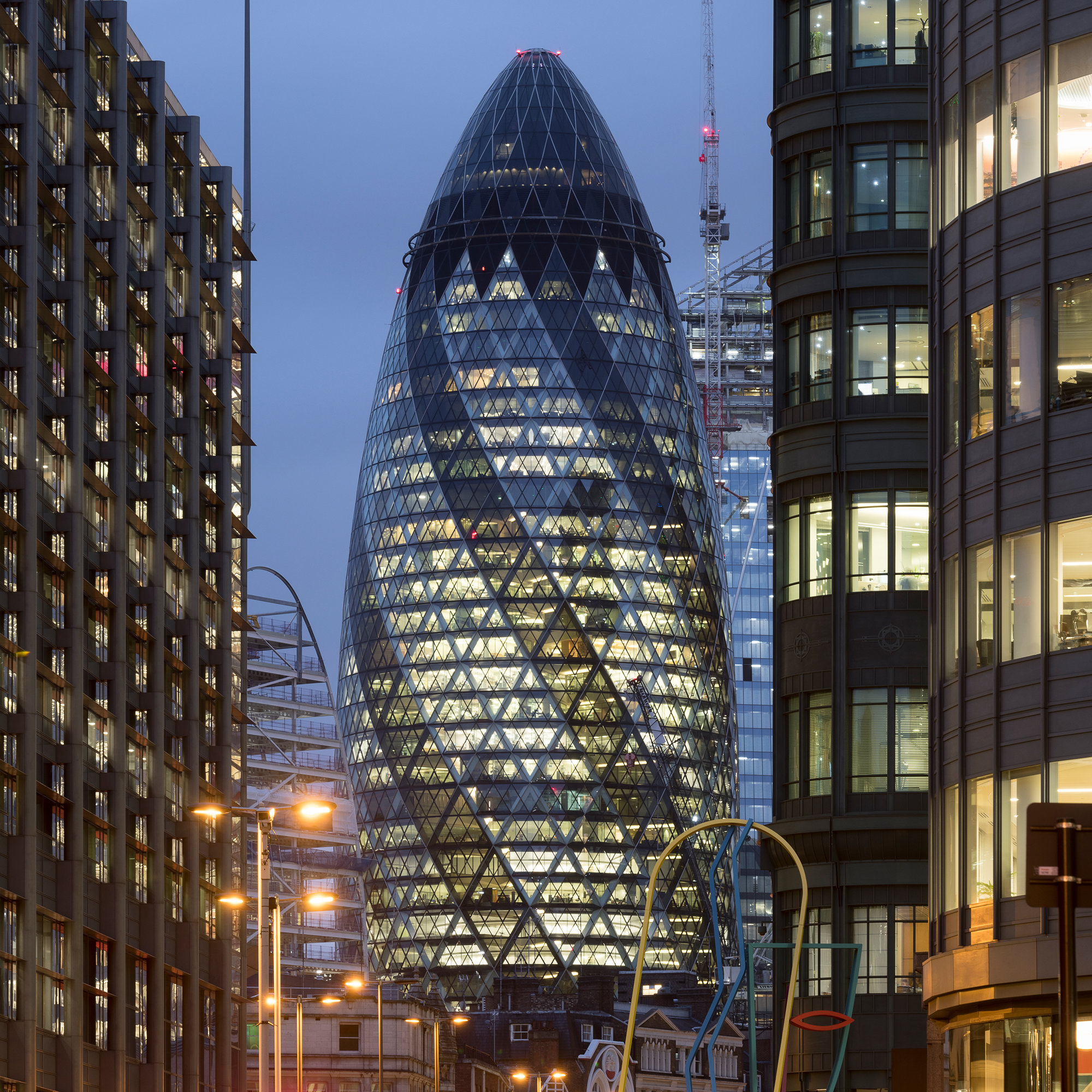
The next generation of architects must not only master tools like Grasshopper and Maya but also develop a critical understanding of how these tools shape culture, equity, and sustainability. Courses that focus on AI-powered form-building, like Neural Architecture on PAACADEMY, are leading this pedagogical evolution by merging theory with technical fluency. Parametric design is a lens. A way of seeing architecture not as static composition but as a living, evolving response to the world around it. And in that sense, it’s not only relevant today but essential for tomorrow.




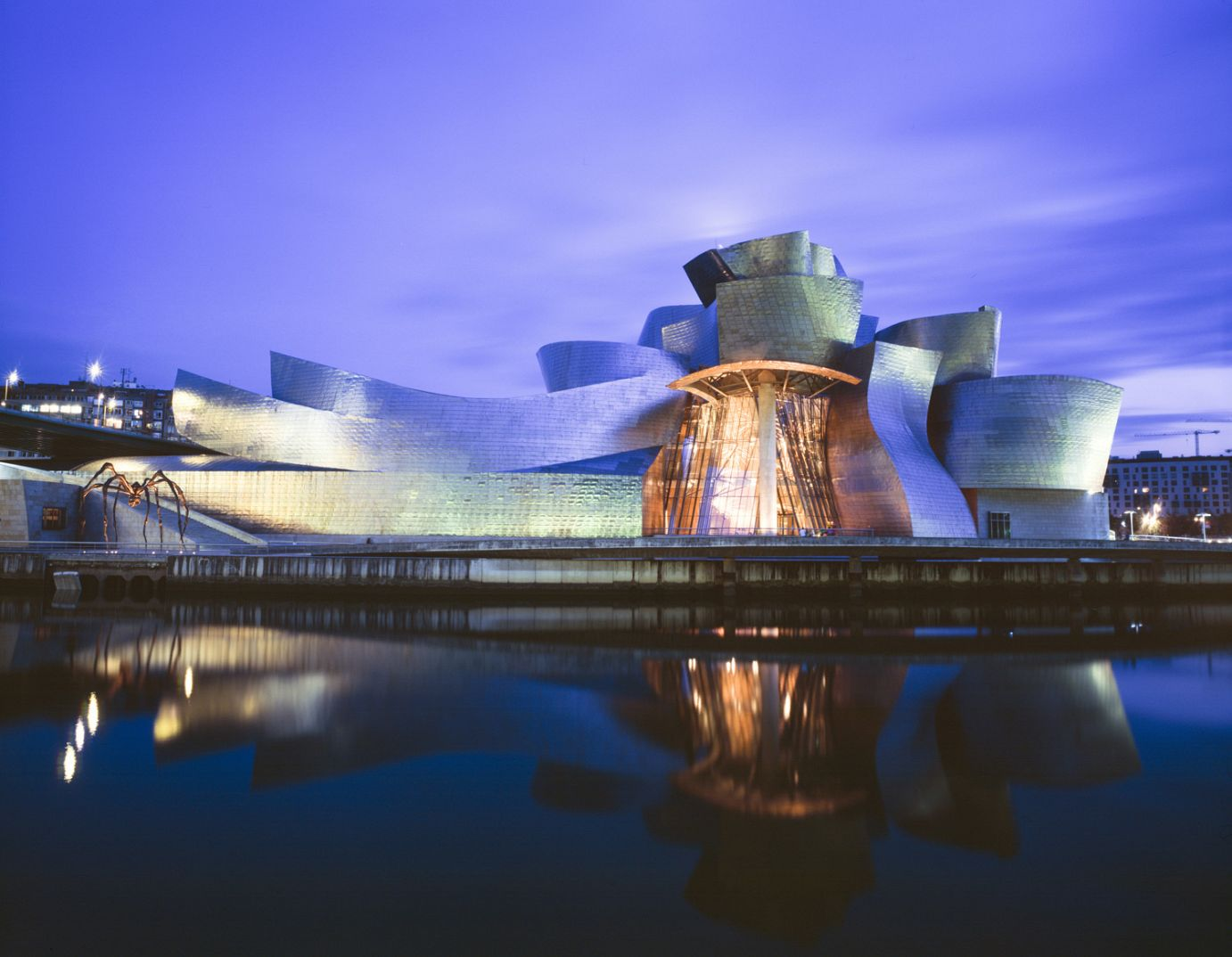













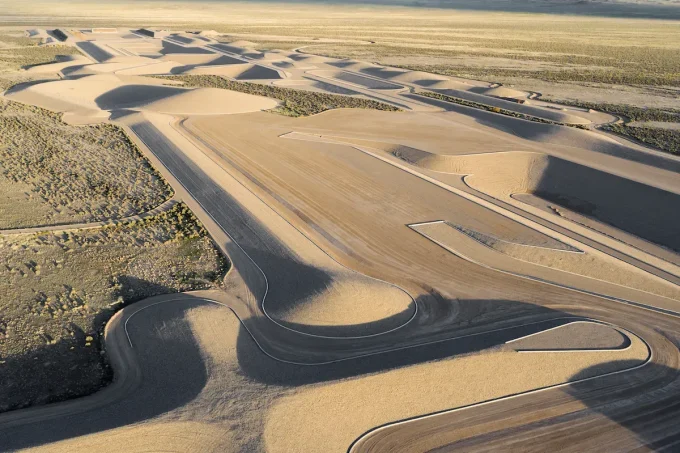







Leave a comment